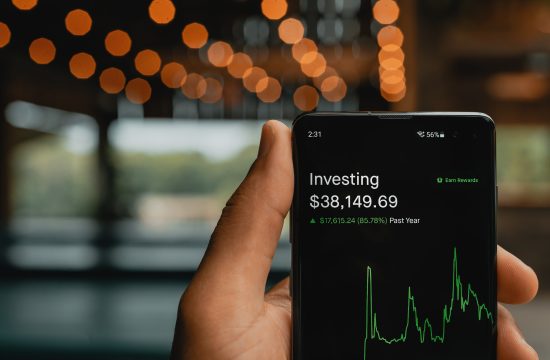THE episode of “Saturday Night Live” before Election Day features a parody (pictured) of a Democratic get-out-the-vote advert. In it, jittery Democrats look into the camera and swear that their party will win back the House of Representatives on November 6th—before they lose control and become hysterical. After their experience in 2016—when Hillary Clinton, who had been favoured by election pollsters and prognosticators, was dealt a stunning defeat—Democrats do not want to be fooled by the polls again.
It is less likely that they will be this year. On the eve of Donald Trump’s election as president, poll-based models like FiveThirtyEight gave him a 29% chance of victory. Their model for the mid-terms gives Republicans a 13% chance of retaining control of the House (as does The Economist’s own model). Betting markets are more bullish on the Republicans’ chances, with punters on Betfair converging on a 31% chance on the evening of November 4th. But expectations for the mid-terms are far from certain.
All election forecasting is based on the premise that upcoming elections behave like previous ones. The usual signs augur a good result for Democrats: they are performing well on the popular vote, known as the “congressional generic ballot” and they have performed well in special elections, and raised more cash than their opponents. Mr Trump’s approval rating remains low, and the president’s party generally suffers setbacks in mid-term elections. A mitigating factor for hopeful Republicans is the economy, which remains in rude health. The unemployment rate is 3.7%. But in a year in which 47% of voters cite support of or opposition to the president as the motivation for their vote choice, a jobless rate of even 2% might not save them.
If Republicans keep the House, the polls would have systematically understated their support. At present, the Democrats lead them by eight percentage points in the generic ballot—which our model suggests will earn them 229 seats (218 are needed for the majority). If this measure were instead six points—meaning that the polls were off by two points—the race would instead become a pure toss-up. That Democrats could commandingly win the popular vote but still lose the House is a testament to two forces: the tendency of Democrats to cluster in cities and the potency of Republican gerrymandering, made possible after the party seized control of state governments in the 2010 election and shaped the redistricting process to their own liking. Given that the polling error on the generic ballot has averaged 4.8 points since 1980, our back-of-the-envelope calculation suggests that the chances of the polls undershooting by two points or more is 34%.
The Senate is an entirely different matter. There the path to Democratic victory looks increasingly unlikely. Only one-third of Senate seats are up for election each cycle, and those drawn in 2018 are singularly unhelpful for the Democrats, with many incumbents having to play defence in Trump country. Given that Heidi Heitkamp, a Democrat from North Dakota, is likely to lose her seat, the party would need to win three of four toss-up races in Arizona, Nevada, Tennessee and Texas in order to seize the chamber. From the current polling, the first two look doable—the latter two daunting. The latest polling average has Beto O’Rourke, the charismatic Democratic challenger in Texas, trailing Ted Cruz, the incumbent, by 5.3 percentage points. In Tennessee, Phil Bredesen trails Marsha Blackburn by a similar amount. And even with an upset victory, a loss for Claire McCaskill or Joe Donnelly—two Democratic incumbents locked in knife-edge contests—would unceremoniously end all hope for a majority.
While America’s focus is locked on Congress, voters will also pick 36 governors and 6,066 state legislators. Because district boundaries will be set in 2021, those elections are critical to the coming fight over political gerrymandering. According to The Economist’s analysis of polling in governor’s races, Democrats could pick up 7 victories in the mid-term elections and emerge in control of 23 states. Most of these are large, meaning that 200m Americans would reside in a state with a Democratic governor. Some of these contests—like Stacey Abrams’s bid in Georgia and Andrew Gillum’s in Florida—have captured national headlines, while others—such as Scott Walker’s likely loss in Wisconsin—have largely escaped notice. And after a decade in the wilderness in state legislatures—Republicans currently control 55.5% of all seats and 67 of 99 legislative chambers—Democrats are looking to improve their dismal situation. A forecast by Carl Klarner, a political scientist, suggests that the party will flip seven chambers.
From the polling evidence available, Democrats seem sure to improve their position. The debate is not over the existence of the “blue wave”, but the extent of it. (Mr Trump tried several months ago to counter-message on a coming “RED WAVE!”, but was sensibly advised to ditch that campaign.) If this blue wave stops just short of flipping the House, Mr Trump will feel vindicated over his focus on a hard-line immigration agenda in the final days of the campaign. While the president would be emboldened, Democrats would emerge despondent. At least the suspense will soon be over.










